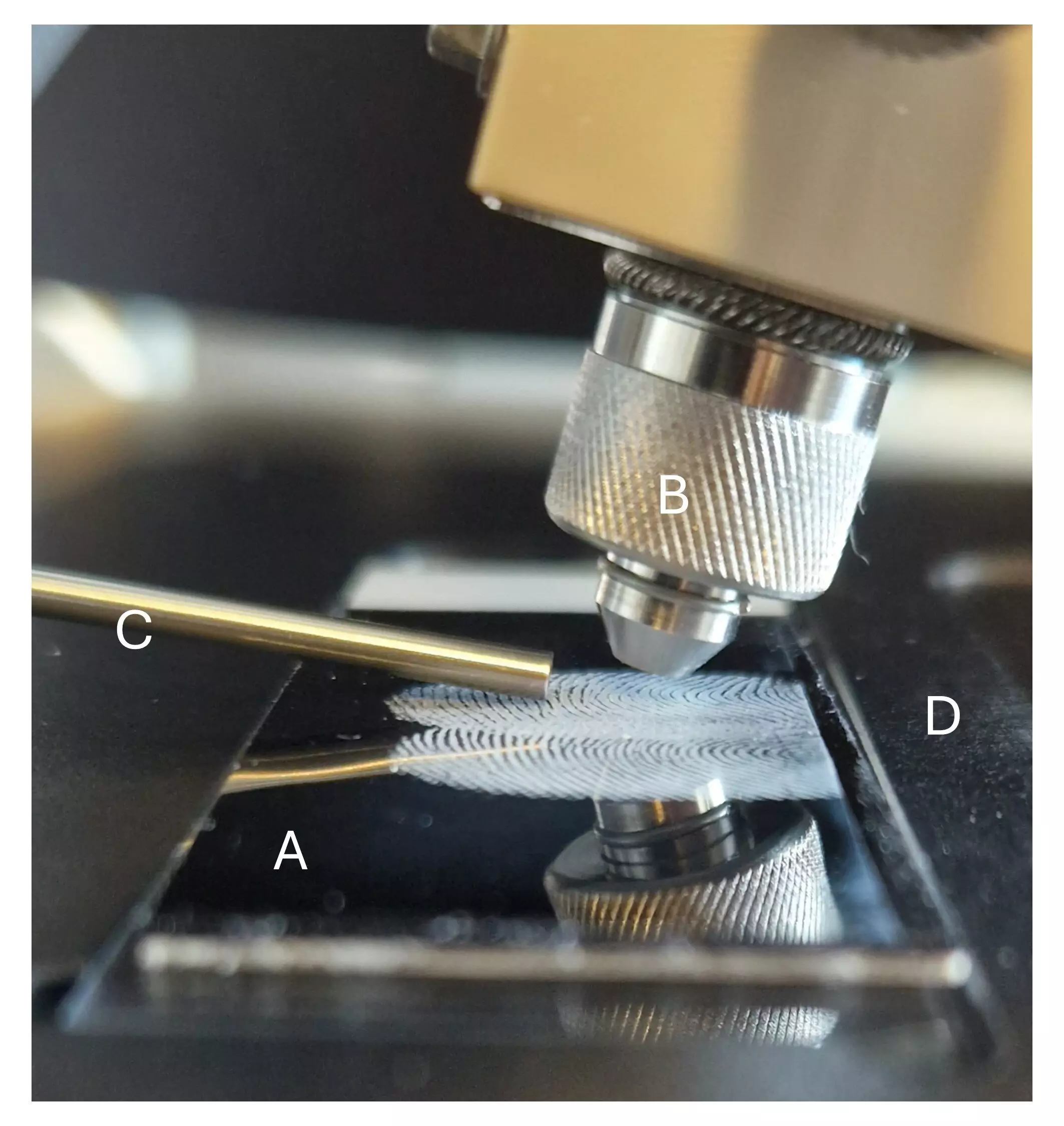Recent advancements in forensic science have unveiled significant potential for improving crime scene investigations, particularly in the realm of fingerprint analysis. A pioneering study by the Department of Forensic Medicine at Aarhus University has introduced a novel approach to deciphering fingerprints from gelatin lifters using cutting-edge chemical imaging technology. This groundbreaking method could drastically alter the landscape of criminal investigations, ensuring that critical evidence does not go unnoticed, especially when traditional techniques prove inadequate.
Danish law enforcement has been utilizing gelatin lifters to collect fingerprints at crime scenes, which are often marred by irregular surfaces or delicate materials. Unlike conventional tape, these lifters offer a gentler yet effective means of capturing prints that might otherwise be missed. However, while gelatin lifters provide advantages in terms of usability, they also introduce challenges that conventional photography alone cannot address. Specifically, the overlap of prints—especially when numerous individuals have interacted with the same surface—frequently leads to the loss of vital evidence.
The Limitations of Traditional Methods
Current methodologies rely heavily on digital photography to catalog fingerprints for further analysis. Unfortunately, these techniques have critical shortcomings; overlapping or faint prints often elude differentiation, resulting in many potential leads falling victim to the limitations of optical imaging. Consequently, investigative agencies regularly confront the frustrating reality of discarded fingerprints, diminishing their chances of solving a case.
The researchers at Aarhus University are advocating for a revolutionary solution: Desorption Electrospray Ionization Mass Spectrometry (DESI-MS). This advanced technique allows forensic experts to analyze the chemical composition of fingerprints retrieved on gelatin lifters. By applying a fine spray of methanol to the surface of the print, the substances are ionized. These ions are then captured and their masses quantified, rendering an in-depth chemical profile that can potentially reveal a wealth of information about the individual who left the print.
Although DESI-MS has been tested previously on glass and tape, its application to gelatin lifters presents a significant leap forward in forensic capabilities. This study not only expands the usability of the technique but also addresses the pressing issue of overlapping fingerprints. With the capacity to enhance faint prints, it promises to salvage crucial evidence that would have been dismissed under traditional methods. Early trials conducted in laboratory settings have shown promise, with plans to extend this research to real-world crime scene evidence.
The significance of fingerprint analysis extends beyond mere identification—it can unravel a narrative about the individual. Fingerprints inherently contain an array of chemical markers, including lipids, amino acids, and compounds indicative of lifestyle choices such as drug use, smoking, and diet. Research indicates that it is feasible to ascertain not only whether an individual has engaged with certain substances but also their demographic data, such as age and gender, through careful examination of fingerprints.
The Department of Forensic Medicine is working closely with the National Special Crime Unit of the Danish Police to translate this theoretical advancement into practical applications. Given that the scanning process of these samples is intricate and time-consuming, it is unlikely to replace current methodologies in routine investigations. However, its potential becomes particularly relevant for high-stakes cases, including homicides and sexual assaults. As such, the method may soon become a specialized resource for solving the most challenging criminal cases.
The research spearheaded by Aarhus University is a testament to the ever-evolving nature of forensic science. As new technologies emerge, they offer not just advancements in methodology but also the hope of bringing justice for victims through the effective retrieval and analysis of evidence. By harnessing the power of chemical imaging, investigators can look forward to unveiling an enriched narrative from fingerprints, transforming them from mere identifiers into vital clues that can guide the course of criminal investigations. The implications of this work reach beyond Denmark, with the potential to redefine practices worldwide, thus ushering in a new era of forensic insight.


Leave a Reply